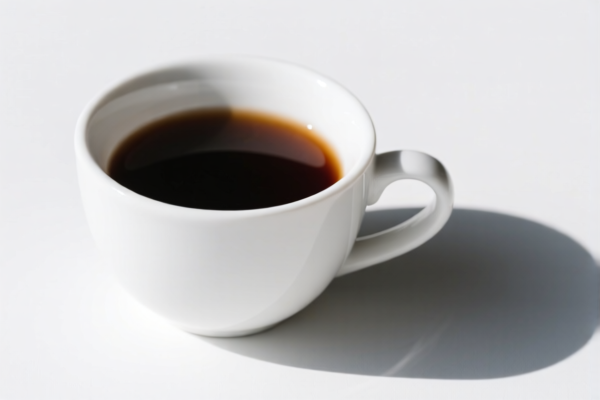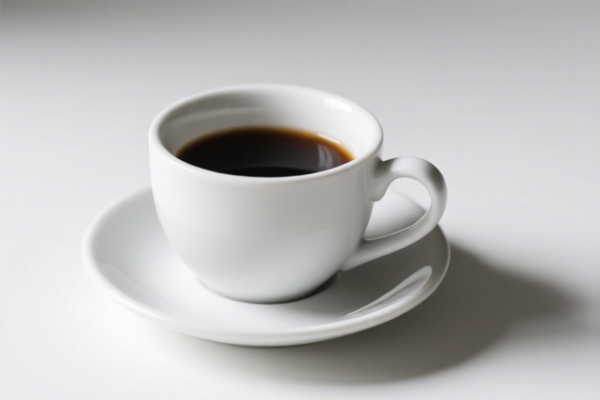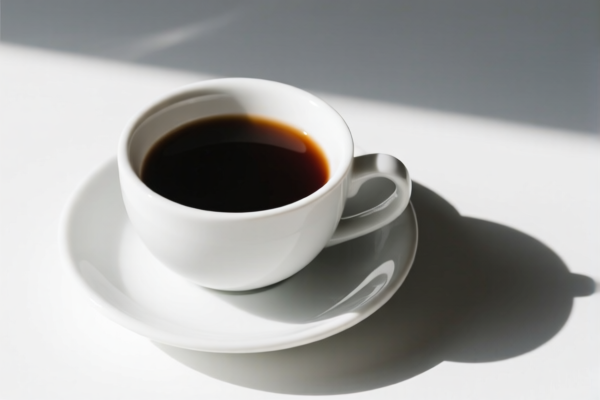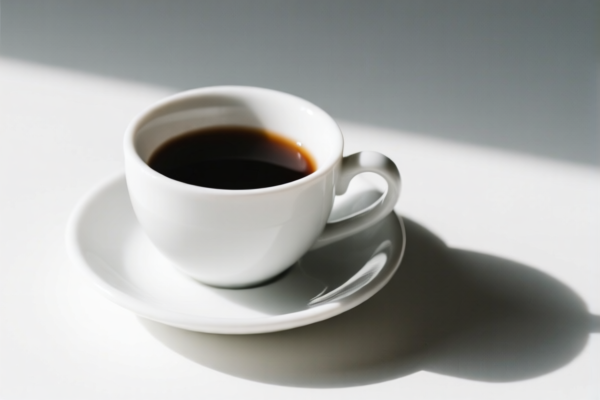| HS Code | Official Doc | Tariff Rate | Origin | Destination | Effective Date |
|---|---|---|---|---|---|
| 6114909070 | Doc | 35.6% | CN | US | 2025-05-12 |
| 6307908995 | Doc | 37.0% | CN | US | 2025-05-12 |
| 6307909882 | Doc | 37.0% | CN | US | 2025-05-12 |
| 6304996040 | Doc | 33.2% | CN | US | 2025-05-12 |
| 9616100000 | Doc | 37.5% | CN | US | 2025-05-12 |
| 9616200000 | Doc | 34.3% | CN | US | 2025-05-12 |
| 9604000000 | Doc | 42.4% | CN | US | 2025-05-12 |
| 3924104000 | Doc | 33.4% | CN | US | 2025-05-12 |
| 3924905650 | Doc | 40.9% | CN | US | 2025-05-12 |
| 6506996000 | Doc | 63.5% | CN | US | 2025-05-12 |
| 6507000000 | Doc | 55.0% | CN | US | 2025-05-12 |




Massage Cup
A massage cup is a handheld percussion device used for myofascial release and soft tissue manipulation. It utilizes suction to lift and separate layers of fascia, promoting blood flow, reducing muscle tension, and alleviating pain.
Material
- Glass: Traditional massage cups are made of glass. They offer visibility of the skin during treatment and are relatively easy to clean. However, they are fragile and require careful handling.
- Acrylic/Plastic: Modern massage cups are often constructed from acrylic or plastic. These are more durable, lightweight, and less prone to breakage than glass cups.
- Silicone: Silicone cups are flexible, soft, and generally used for gentler applications or self-massage.
Purpose
- Muscle Pain Relief: Targeting knots and tension in muscles to reduce soreness and discomfort.
- Fascial Release: Separating adhered layers of fascia to improve range of motion and flexibility.
- Improved Circulation: Increasing blood flow to targeted areas, promoting healing and reducing inflammation.
- Detoxification: While the concept of "detoxification" is debated, some practitioners believe cupping aids lymphatic drainage.
- Cellulite Reduction: Used by some to improve skin appearance, though results vary.
Function
Massage cups work through negative pressure (vacuum). The suction lifts the skin and underlying tissues, drawing blood to the area. This is thought to:
- Hydrate Tissues: The suction increases fluid exchange in the tissues.
- Release Adhesions: Separating fascial layers that have become stuck together.
- Stimulate Sensory Nerves: Providing a signal to the nervous system, potentially reducing pain.
Usage Scenarios
- Back Pain: Common application for relieving muscle tension and knots.
- Shoulder and Neck Pain: Targeting tight muscles due to stress or poor posture.
- Leg Pain: Addressing muscle soreness after exercise or due to circulation issues.
- Sports Recovery: Used by athletes to promote healing and reduce muscle fatigue.
- Self-Massage: Smaller cups can be used at home for targeted relief.
- Professional Therapies: Used by massage therapists, chiropractors, and physical therapists.
Common Types
- Fixed Cups: Traditional glass or acrylic cups with a consistent suction level. Often require a pump or flame to create the vacuum.
- Moving Cups: Designed to glide across the skin while maintaining suction. Often made of plastic or silicone.
- Magnetic Cups: Incorporate magnets, believed by some to enhance therapeutic effects (scientific evidence is limited).
- Electric Cups: Utilize an electric pump to create and control suction levels.
- Cellulite Cups: Smaller cups specifically designed for targeting cellulite.
Based on the provided information, identifying the precise HS code for a "massage cup" requires careful consideration of its material and intended use. Here's a breakdown of potentially relevant HS codes:
- 9604.00.00.00: Hand sieves and hand riddles. While not a direct match, this code covers hand-operated tools. A massage cup, if considered a manual tool for applying pressure, could fall under this category. Chapter 96 generally covers miscellaneous manufactured articles.
- 3924.10.40.00: Tableware, kitchenware, other household articles and hygienic or toilet articles, of plastics: Tableware and kitchenware: Other. If the massage cup is made of plastic and used for personal hygiene (e.g., body care), this code is a possibility. Chapter 39 covers plastics and articles thereof.
- 3924.90.56.50: Tableware, kitchenware, other household articles and hygienic or toilet articles, of plastics: Other: Other. This is a broader category within plastics, potentially applicable if the cup doesn't fit neatly into the "tableware and kitchenware" subheading.
- 9604.00.00.00: Hand sieves and hand riddles. This code covers hand-operated tools. A massage cup, if considered a manual tool for applying pressure, could fall under this category. Chapter 96 generally covers miscellaneous manufactured articles.
Important Considerations:
- Material Verification: The composition of the massage cup is crucial. If it's made of plastic, codes under Chapter 39 are more appropriate. If it's another material, other chapters may be relevant.
- Intended Use: If the cup is specifically marketed for therapeutic purposes, additional regulations or classifications might apply.
- Household Article Classification: If the massage cup is considered a general household article, Chapter 39 may be applicable.
Disclaimer: This information is based solely on the provided reference material and should not be considered definitive customs advice. It is recommended to consult with a qualified customs broker or relevant authority for accurate classification and compliance.
Customer Reviews
No reviews yet.